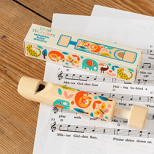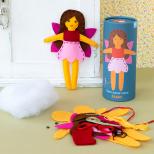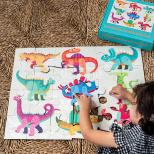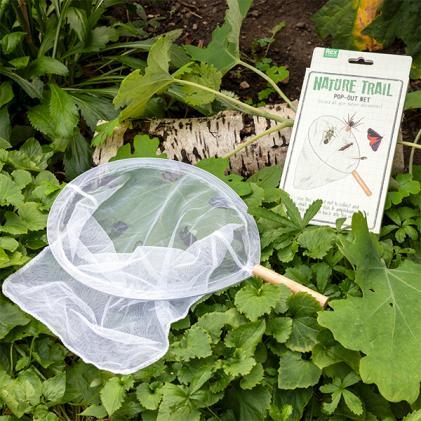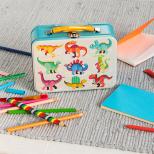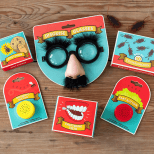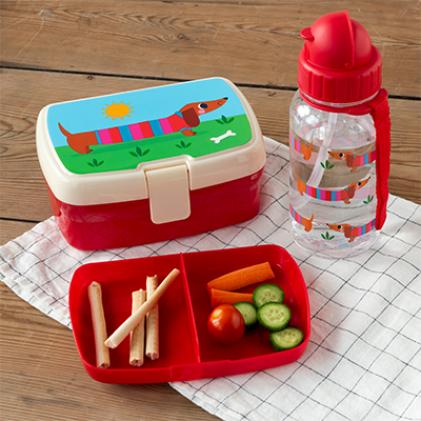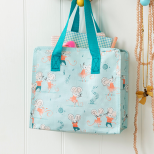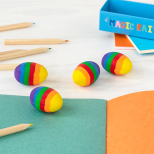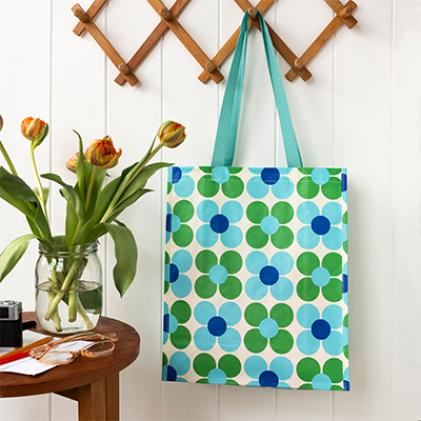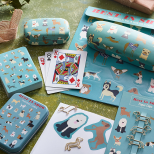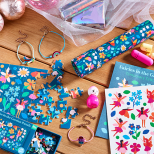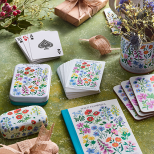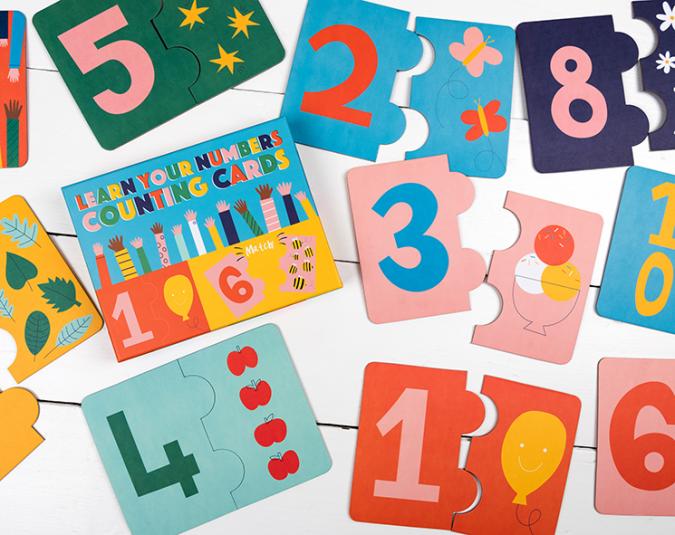Top tips for teaching kids good money habits
Good money habits are important to cultivate, especially from a young age. Here are our top tips for teaching kids to be responsible with money - no matter how old they are!
Learning through play
Introducing children to the concept of money doesn’t have to be a formal lesson. In fact, experts say it’s better to start with learning through play, even for kids as young as three or four-years-old.
While teaching them how to count is a great first step, take it further by introducing the concept of bartering and exchanging money for goods through role playing. Some example scenarios include setting up an imaginary shop where they can buy baked goods or toys with coins, or collecting tickets in exchange for entry for a cinema experience at home.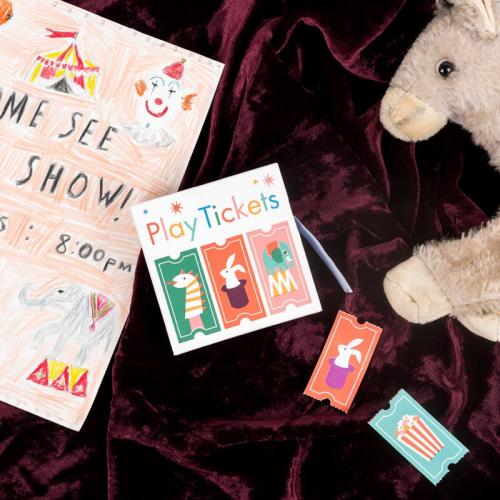
Playing Monopoly as a family is also a great conversation starter! While it requires some strategy, winning a round of Monopoly can still largely boil down to luck. But parents can still use the game to explain real-world concepts like mortgages, starting a business or owning property.
The power of pocket money
An allowance opens the door for kids to start saving and for you to teach them how to spend responsibly, even if it’s as little as 50p for five and six-year-olds or as much as £5 a week for ten-year-olds who can do chores in exchange for it.
“My nine-year-old daughter gets £2.50 a week pocket money and we use the GoHenry app with her. It means she has a debit card, but we can restrict her spending and it lets her set up savings goals, which has helped to get her interested,” says Nici Spaccatrosi, managing director of Saga Money.

When teaching them about saving, it’s important to walk them through how to save and where to put away their pocket money. With younger kids, start with a money box or a piggy bank. For the older ones, take them to the bank to open up their own savings account or if you’d prefer the cashless route, choose a kid-friendly allowance app.
“Being smart with your money is as much about spending wisely as it is about saving – I don’t want to create a compulsive saver or someone who hoards cash or is afraid of spending it – it’s about getting the balance right,” according to Maike Currie, investment director at Fidelity Personal Investing.
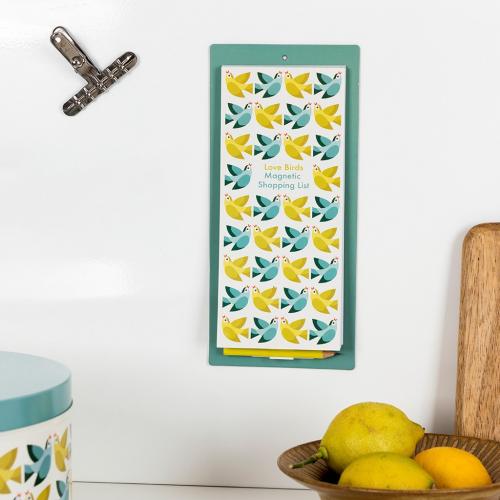
Involve the older kids during the weekly shop or when browsing online for everyday items to teach them about comparison shopping. Let them help with picking out items based on price and quality. This is a good time to talk about some saving opportunities, like buying in bulk or perhaps why you’re choosing a no-name brand for a particular item.
Budget, budget, budget!
For nine-year-olds and older, help them set a budget that they can stick to. Whether it’s written on paper or logged digitally, it’s important that you guide them instead of dictating what their budget should look like. This encourages responsibility and empowers them about their own spending and saving.

Elena Macia, co-founder of Stride says: “If your child wants a ‘big ticket’ item, encourage them to plan how they will achieve it – maybe they can ask for birthday money rather than gifts, earn cash by doing chores or save their pocket money – get them to do some sums to work out how much they need and how long it will take to save it.”
For teens, it’s also helpful to be transparent about the household budget. This is a way to open up the conversation to talk about the costs to run a household, good vs. bad debt, and delayed gratification.
Have you tried any of these tips or do you have other tried and true methods for teaching kids about money? Share them with us @RexLondonUK!

